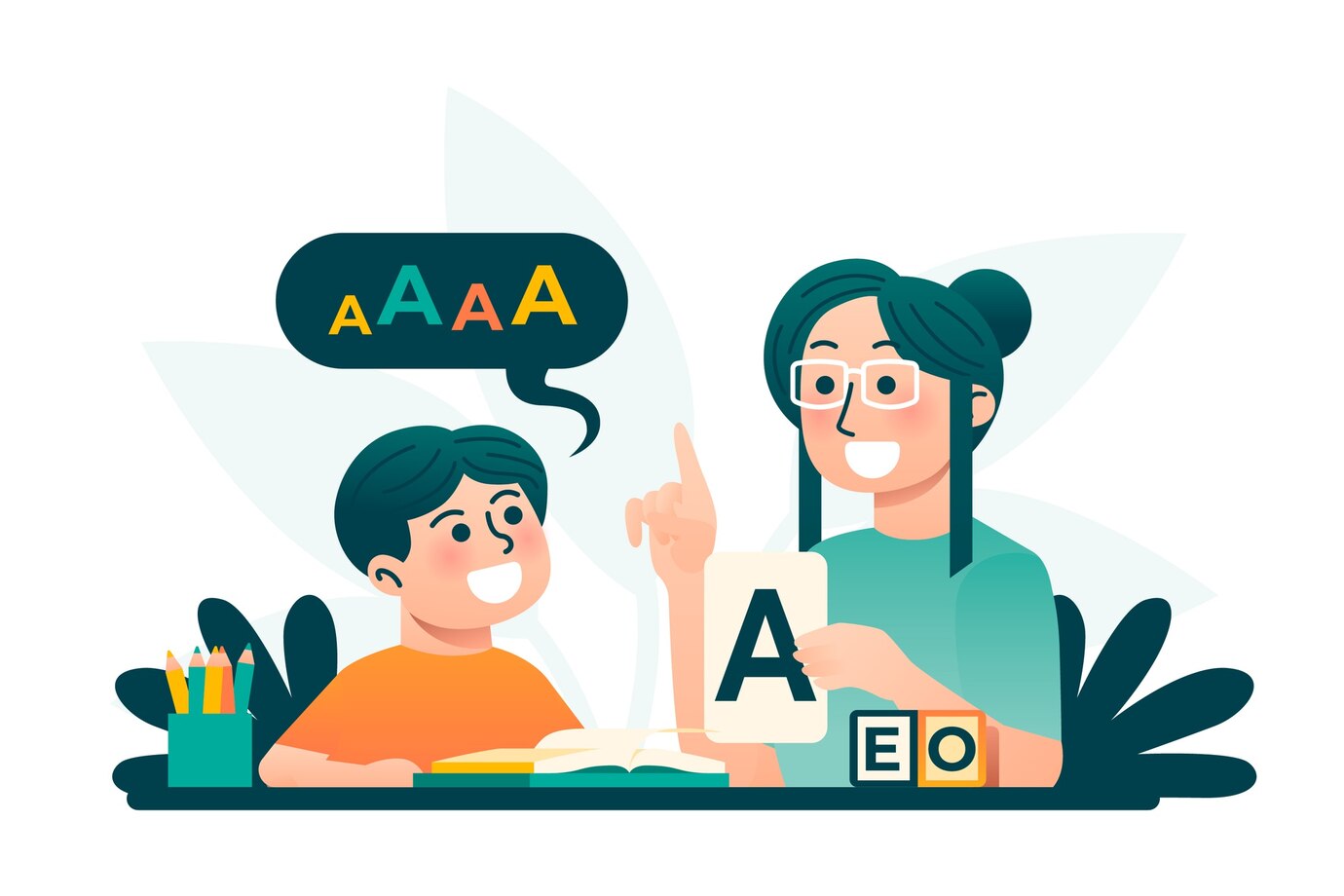
Nurturing Speech and Language Development in Children with Cleft Lip and Palate
Welcome to our blog, where we explore a topic close to the hearts of many parents and caregivers: the speech and language development of children with cleft lip and palate. These conditions affect more than just appearance; they can also impact a child’s ability to communicate effectively. But fear not, because with the right support and understanding, these children can thrive in their language journey.
First, let’s understand what cleft lip and palate are.
A cleft lip is a gap or split in the upper lip, while a cleft palate is an opening in the roof of the mouth. These conditions occur during early pregnancy when the tissue that forms the lip and palate does not fully come together.
While surgery can repair these physical differences, there may still be lingering effects on speech and language development.
One of the challenges children with cleft lip and palate may face is articulation difficulties. The gaps in the mouth can affect the way sounds are produced, making it harder for them to pronounce certain words or sounds clearly.
Additionally, the structure of the palate can impact resonance, leading to a nasal quality in speech.
But fret not! Early intervention and therapy can make a world of difference. Speech therapists are like superheroes in this journey, working with children to strengthen their oral muscles and improve their articulation. They use fun and engaging activities to target specific speech sounds and help children become more confident communicators.
Language development is another area of focus. Children with cleft lip and palate may experience delays in language milestones, such as vocabulary acquisition and sentence structure. Again, therapy and support play a crucial role here. Speech therapists work with children to expand their vocabulary, improve their sentence formation, and enhance their overall language skills.
As parents and caregivers, there are also things you can do to support your child’s speech and language development at home.
Encourage them to communicate openly and express themselves freely. Read books together, sing songs, and engage in conversations about their day.
These everyday interactions provide valuable opportunities for learning and growth.
Above all, remember to be patient and understanding. Every child is unique, and progress may take time. Celebrate their achievements, no matter how small, and continue to cheer them on every step of the way.
In conclusion, children with cleft lip and palate may face challenges in speech and language development, but with the right support and intervention, they can reach their full potential. By working together as a team – parents, caregivers, therapists, and educators – we can empower these children to communicate confidently and thrive in their language journey.
To seek medical advice, always consult a Doctor. Here are our recommended EXPERTS. Click here
To read more on SKIN. Click Here


